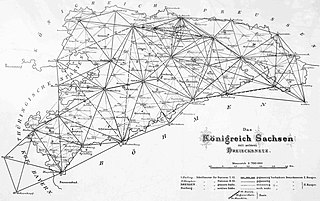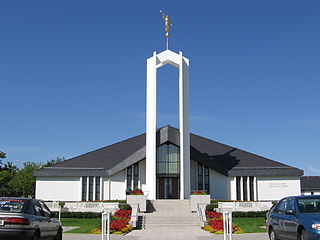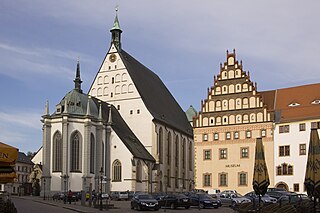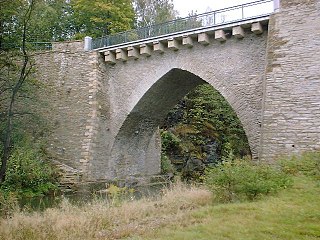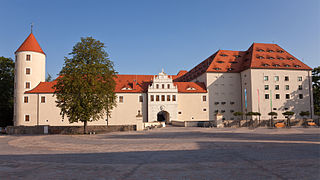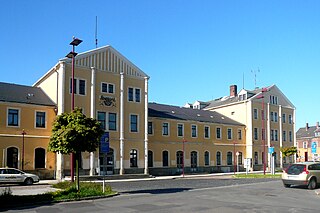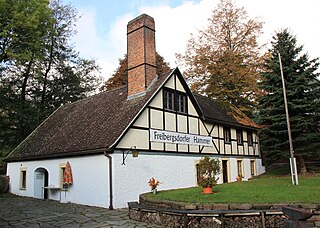9 Sights in Freiberg, Germany (with Map and Images)
Legend
Welcome to your journey through the most beautiful sights in Freiberg, Germany! Whether you want to discover the city's historical treasures or experience its modern highlights, you'll find everything your heart desires here. Be inspired by our selection and plan your unforgettable adventure in Freiberg. Dive into the diversity of this fascinating city and discover everything it has to offer.
Sightseeing Tours in Freiberg1. TP Freiberg
The Royal Saxon Triangulation (here with the historical proper name) is a state survey carried out in the years 1862 to 1890 on the territory of the Kingdom of Saxony with the simultaneous creation of a trigonometric network.
2. Freiberg Germany Temple
The Freiberg Germany Temple is a temple of the Church of Jesus Christ of Latter-day Saints, located in Freiberg, Saxony, Germany. The church announced the temple in October 1982, ground was broken for construction on April 23, 1983, and the temple was dedicated on June 29 and June 30, 1985.
3. Freiberg Cathedral
The Freiberg Cathedral or Cathedral of St Mary is a church of the Evangelical-Lutheran Church of Saxony in Freiberg in Saxony. The term Dom, a German synecdoche used for collegiate churches and cathedrals alike, is often uniformly translated as cathedral into English, even though this church here was a collegiate church, not a cathedral.
4. Dreibrüderschacht
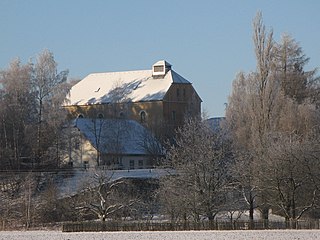
The Three Brothers Shaft is a shaft sunk between 1791 and 1818 in the Freiberg district. Originally built as part of a drainage project, it developed into the main shaft of the Segen Gottes Herzog August pit. After mining ceased, one of the world's first cavern power plants was built in the Three Brothers Shaft in 1914.
5. Hammerbrücke
The historic Hammer Bridge, which is designated as a cultural monument and can only be passed on foot and by bicycle, spans the Freiberg Mulde 2 km east of the town centre of Freiberg. It was built in 1576 as a road bridge on the Chemnitz-Freiberg-Dresden road (Frankenstraße) as a stone pointed arch bridge. The bridge has a clear height of 10 m, a width of 7.30 m and an arch span of 13.80 m. After several repairs and because of the narrow road width, a new road bridge was built in 1928 200 m further upstream as a successor structure, over which today's Bundesstraße 173 runs. In the mid-1990s, a restoration took place again under cultural-historical aspects.
6. Schloss Freudenstein
Freudenstein Castle is located on the Schloßplatz on the edge of the town centre of Freiberg in the German state of Saxony. Its history is closely linked to the House of Wettin. After several conversions the castle is now a stately home with four wings comprising these buildings: the Langes Haus, Neues Haus, Kirchenflügel, Großer Turm und Schmales Haus.
7. Bahnhof Freiberg
Freiberg (Sachs) station is a station on the Dresden–Werdau railway and the Nossen–Moldava railway in Freiberg in the German state of Saxony. Until 1995 it was also the start of the disused Freiberg–Halsbrücke railway.
8. Mittelsächsisches Theater
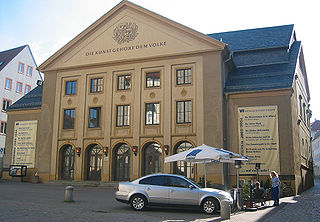
The Mittelsächsisches Theater emerged in 1993 as Mittelsächsische Theater und Philharmonie gGmbH from the merger of the Stadttheaters Freiberg and Döbeln. It includes the drama, music theatre and philharmonic sections.
Wikipedia: Mittelsächsisches Theater Freiberg und Döbeln (DE)
9. Freibergsdorfer Hammerwerk
As a former hammer mill, the Freibergsdorf hammer is an important witness to the proto-industrial development in the Ore Mountains. Of the formerly numerous hammer mills, only three other plants in Saxony have been preserved in function in addition to the Freibergsdorfer Hammer, the Dorfchemnitz iron hammer, the Frohnauer Hammer and the "Althammer" of the Saigerhütte Grünthal.
Share
How likely are you to recommend us?
Disclaimer Please be aware of your surroundings and do not enter private property. We are not liable for any damages that occur during the tours.
